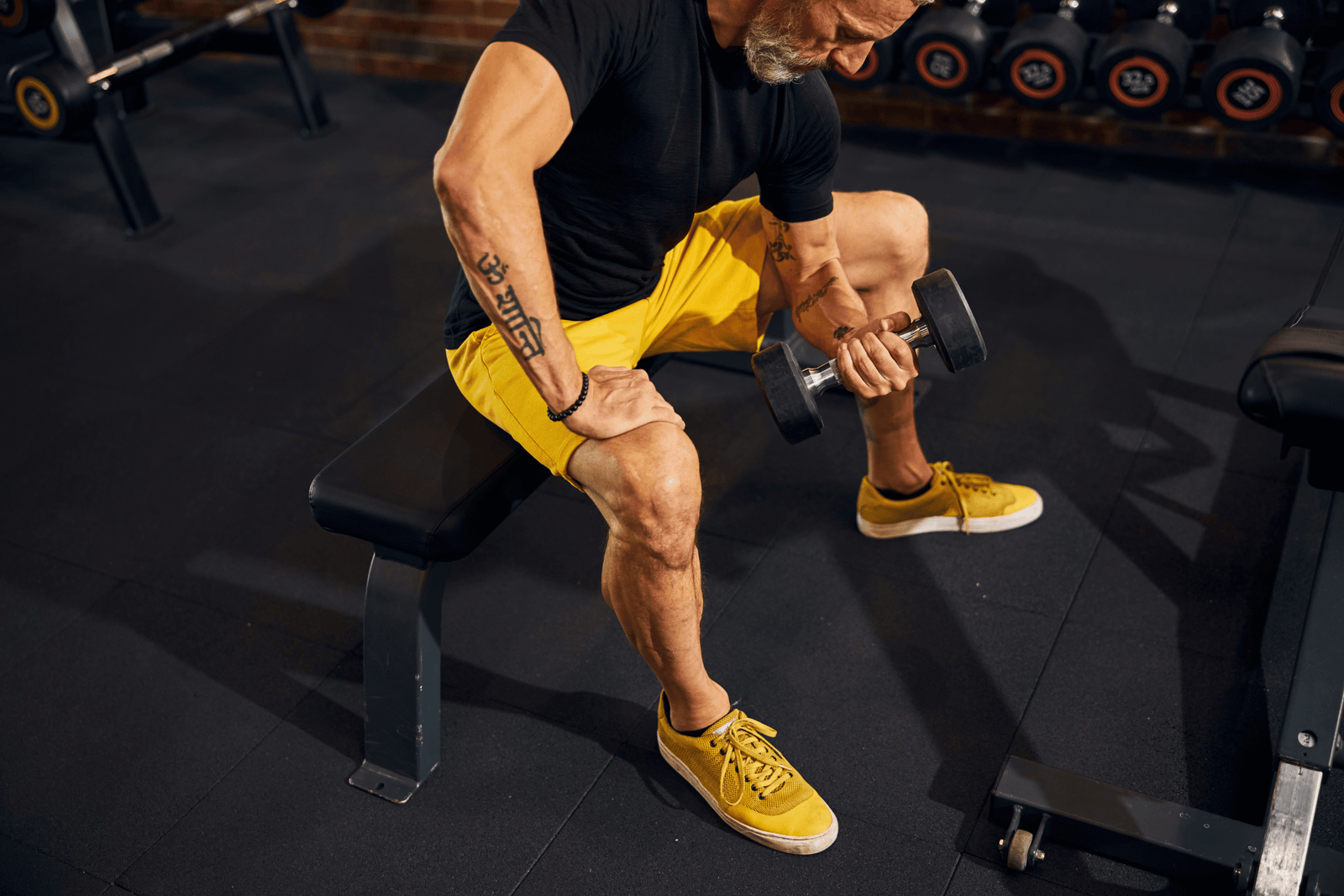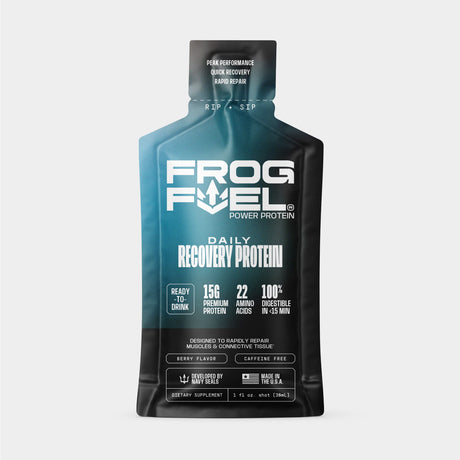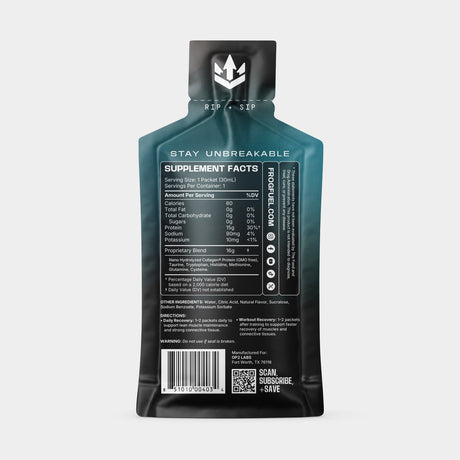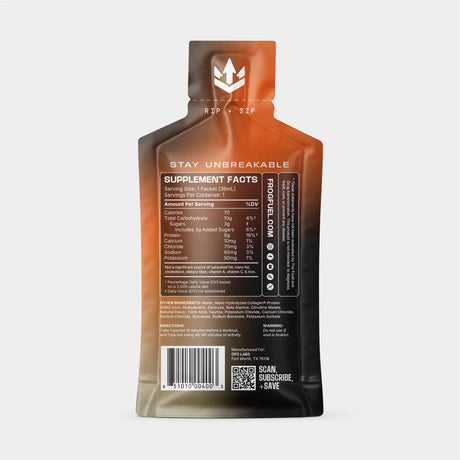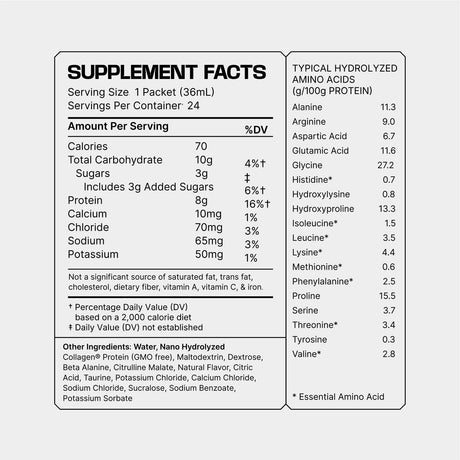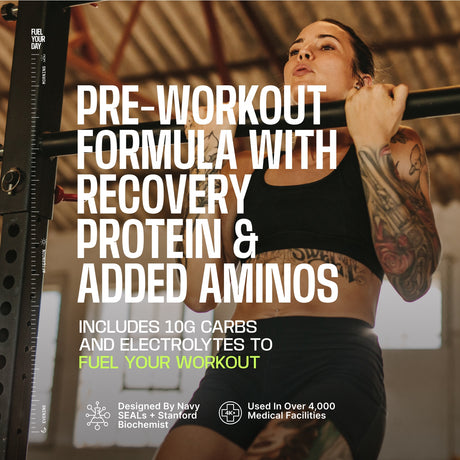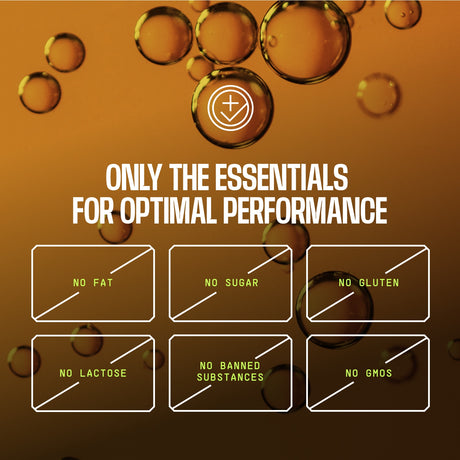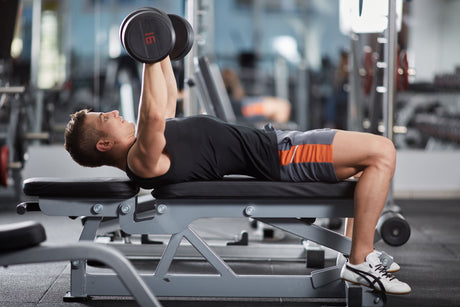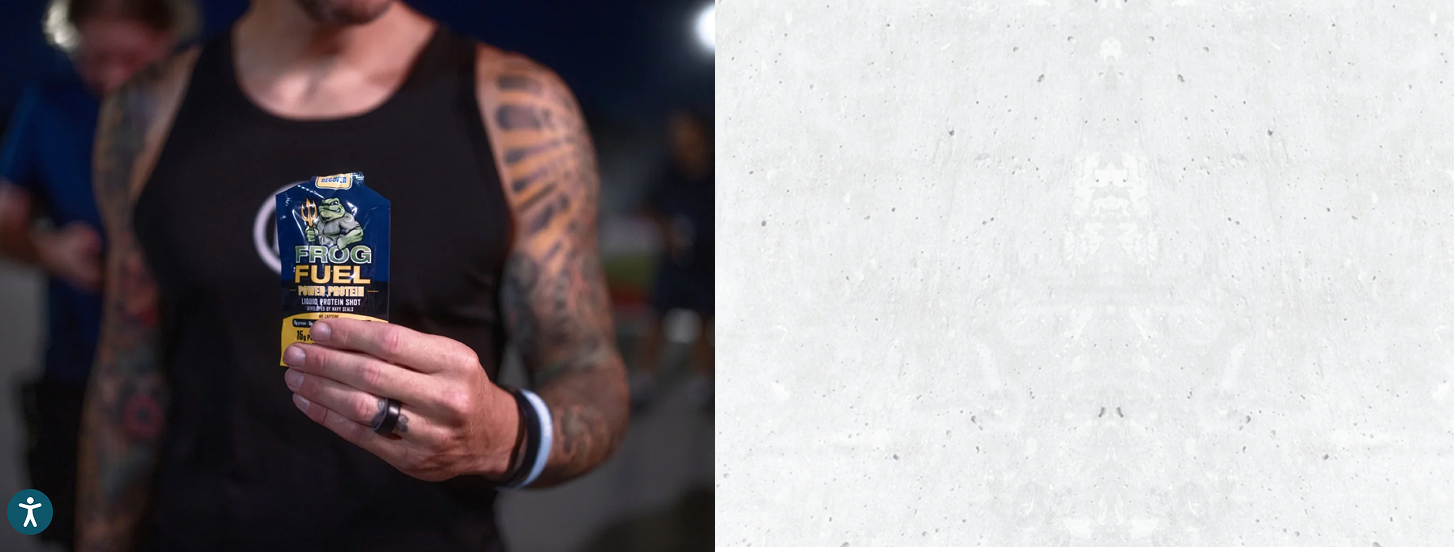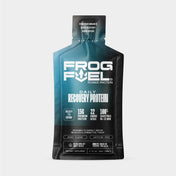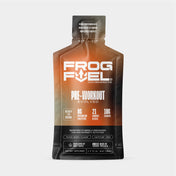Tennis elbow, one of the most common sports injuries, is a painful condition affecting the tendons in the elbow caused by repetitive motion and overuse. Knowing how to heal tennis elbow fast is crucial for sufferers seeking relief and restoring normal function.
Most suffering from tennis elbow notice tenderness and soreness on the outer side of the elbow. Depending on the severity, it can limit daily activities and sports participation.
By understanding the causes and symptoms of tennis elbow, individuals can take proactive steps to manage and treat the condition promptly. From rest and ice therapy to specific exercises and nutritional support, there are numerous approaches to promote healing and reduce discomfort.
This article explores effective strategies and treatments to expedite recovery and alleviate symptoms.
Whether you're an athlete, hobbyist, or professional dealing with this common injury, implementing these techniques can significantly improve your recovery from tennis elbow quickly and effectively.
Discovering how to heal tennis elbow fast is about addressing the pain and restoring strength and mobility to the affected arm, enhancing overall quality of life.
Before we dive into how to heal tennis elbow fast, let’s make sure you understand what tennis elbow is.
What causes tennis elbow?
Tennis elbow, scientifically termed lateral epicondylitis, develops due to repetitive stress on the tendons attached to the outer elbow.
This condition commonly arises from activities that involve gripping, twisting, and repetitive arm movements, such as tennis, hence its name. Overuse and strain cause micro-tears in the tendon fibers, leading to inflammation and pain.
Understanding the root causes is pivotal in knowing how to heal tennis elbow fast.
Recent studies have explored the role of collagen for tennis elbow, suggesting its potential to promote tendon repair and reduce inflammation.

Collagen, a key protein in connective tissues, supports tendon strength and elasticity. While research is ongoing, some evidence indicates that collagen supplementation may aid recovery by providing essential building blocks for tendon repair.
However, the question remains: Does collagen help tennis elbow effectively?
Incorporating collagen-rich foods or supplements alongside targeted therapies like rest, ice therapy, and specific exercises tailored to strengthen the forearm muscles can potentially expedite healing.
By comprehensively addressing the underlying tendon damage and inflammation, individuals can optimize their recovery from tennis elbow and regain pain-free functionality sooner.
You’ve already gotten a sneak peek at how to heal tennis elbow fast, but let’s take a look at all your options for swift healing.
How to heal tennis elbow fast
Below, we outline effective sports injury treatments designed to address tennis elbow.

Understanding how to heal tennis elbow fast is crucial for athletes and individuals seeking prompt recovery and pain relief. The following strategies encompass a range of therapies and practices aimed at alleviating symptoms and promoting swift rehabilitation.
While we’ve diligently researched and compiled these methods, it's crucial to remember that the best course of action is always to consult a medical professional when dealing with a sports injury.
1. Rest and activity modification
Rest and activity modification are the first (and potentially most effective) steps in understanding how to heal tennis elbow fast.
Resting the affected arm allows the inflamed tendons to heal without further irritation from repetitive movements.
Modifying daily activities to minimize strain on the elbow can prevent the worsening of symptoms and aid in recovery.
This approach reduces pain and inflammation and supports the rehabilitation process, promoting a quicker return to normal activities and sports.
2. Ice and heat therapy
Ice and heat therapy are effective methods for how to heal tennis elbow fast.
Utilizing ice packs helps reduce inflammation by constricting blood vessels and numbing the area, alleviating pain and swelling. It's recommended to apply ice for about 15-20 minutes several times a day, especially after activities that aggravate the condition.

Heat therapy enhances blood flow to the affected area, promoting healing and muscle relaxation. Using a warm compress or taking warm baths can improve circulation and flexibility in the elbow.
Integrating these therapies into a treatment plan is essential in learning how to heal tennis elbow effectively.
3. Pain management
Over-the-counter pain relievers like NSAIDs (Non-Steroidal Anti-Inflammatory Drugs) such as ibuprofen or naproxen can help reduce pain and inflammation caused by tennis elbow. These medications are often recommended to alleviate discomfort and facilitate healing but should be used with caution and the guidance of a medical professional.
Topical creams containing ingredients like menthol or capsaicin provide localized relief by numbing the area and reducing inflammation.
Incorporating these pain management techniques into a comprehensive treatment plan can help you learn how to heal tennis elbow fast.
4. Stretching and strengthening exercises
How to heal tennis elbow fast includes incorporating stretching and strengthening exercises into your routine.
Gentle stretches improve flexibility in the forearm and wrist, easing tension on the tendons and reducing strain. These stretches should be performed slowly and held for 15-30 seconds to effectively elongate the muscles.

Strengthening exercises, such as wrist curls and forearm twists with light weights or resistance bands, help rehabilitate and stabilize the muscles around the elbow.
Gradually increasing intensity and repetitions as tolerated can enhance muscle endurance and support the healing process of tennis elbow, promoting faster recovery and improved function.
5. Bracing and support
Using braces or straps helps alleviate stress on the tendons by providing external support and stabilization to the elbow joint.
Take care to find the correct supportive gear to encourage proper application and usage to maximize effectiveness and comfort.
Braces should be snug but not too tight, allowing for adequate blood circulation while immobilizing the affected area.
6. Physical therapy
How to heal tennis elbow fast often involves seeking professional physical therapy.

Professional therapy sessions provide tailored exercises and techniques to rehabilitate the affected tendons and muscles. Physical therapists employ specific stretching, strengthening, and manual therapy techniques to reduce pain, improve flexibility, and enhance overall function of the elbow joint.
Their expertise ensures proper form and progression of exercises, optimizing recovery and preventing re-injury.
7. Alternative therapies
How to heal tennis elbow may go beyond physical therapy and involve exploring alternative treatments like acupuncture and massage therapy.
Acupuncture offers benefits in pain management by stimulating specific points to reduce inflammation and promote natural pain relief mechanisms.
Meanwhile, massage therapy enhances circulation to the affected area, facilitating healing and reducing muscle tension.
These therapies can complement conventional treatments like rest, exercise, and medication, providing holistic support for tennis elbow recovery.
8. Preventive strategies
Preventive strategies, proper sports techniques, and equipment use play pivotal roles in injury prevention. They reduce the strain on elbow tendons during activities such as tennis or repetitive arm movements.
Ensuring that equipment such as racquets or tools are appropriately sized and suited to individual needs can mitigate the risk of overuse injuries like tennis elbow.

Incorporating thorough warm-up and cool-down routines before and after physical activities helps prepare muscles and tendons for exertion and aids in recovery. These routines enhance flexibility, increase blood flow to the muscles, and reduce the likelihood of strain and injury.
9. Nutrition
A balanced diet rich in nutrients such as vitamins C and E, zinc, and omega-3 fatty acids supports tendon repair by promoting collagen synthesis and reducing inflammation.
These nutrients can be found in:
- Fruits
- Vegetables
- Lean proteins
- Healthy fats
The above provides the building blocks necessary for tissue regeneration and healing.
Additionally, adequate hydration is crucial for maintaining tendon elasticity and joint lubrication.
Supplements like collagen have gained attention for their potential benefits in tendon health.
Does collagen help tennis elbow?
Collagen is a major component of tendons and may aid their repair and recovery. Research on taking collagen for tennis elbow is ongoing, but preliminary studies suggest promising results in reducing pain and improving function.
Integrating a balanced diet and considering targeted supplements can enhance the body's ability to heal tennis elbow fast, supporting overall tendon health and recovery from this common sports injury.

10. Take collagen for tennis elbow
Does collagen help tennis elbow?
As mentioned, integrating collagen supplements into your diet can provide significant benefits when treating tennis elbow.
Opting for the best collagen for joints, such as hydrolyzed collagen, ensures easy absorption and effectiveness in promoting tendon repair and recovery.
Hydrolyzed collagen protein, also known as collagen peptides or collagen hydrolysate, is a type of collagen that has undergone hydrolysis. This process breaks down the collagen molecules into smaller peptides, which are more accessible for the body to absorb and use.
Studies suggest that collagen supplements may reduce pain and inflammation associated with tennis elbow, making collagen a promising addition to treatment.

Liquid collagen benefits are particularly notable for their convenience and rapid absorption. They offer quick delivery of essential amino acids that support connective tissue health.
These supplements contribute to the body's natural collagen production, which is crucial for maintaining tendon elasticity and strength.
While ongoing research continues to explore the exact mechanisms of how collagen helps tennis elbow, its role in overall joint health and recovery is increasingly recognized.
FAQs about how to heal tennis elbow fast
Here are answers to some commonly asked questions about how to heal tennis elbow fast.
How long does tennis elbow take to heal?
The healing time for tennis elbow varies but typically ranges from several weeks to several months. Factors influencing recovery include the severity of injury, treatment adherence (such as rest and exercises), and individual healing response.
Incorporating strategies like physical therapy and considering supplements like collagen may aid in how to heal tennis elbow fast.
Is squeezing a ball good for tennis elbow?
Yes, squeezing a ball gently can be beneficial for tennis elbow. This exercise helps strengthen the forearm muscles and improve grip strength, supporting tendon healing and rehabilitation. Starting with light resistance and avoiding overexertion is crucial to prevent aggravating the condition.
What not to do with tennis elbow?
While knowing how to heal tennis elbow fast is important, you should also be aware of the activities to avoid and behaviors that can worsen symptoms or delay healing:
Avoid overuse: Avoid repetitive gripping or twisting motions that strain the elbow, such as when using tools or performing certain sports movements.
Limit heavy lifting: Minimize lifting heavy objects or weights that can stress the forearm muscles and exacerbate pain.
Don’t skip proper warm-up: Avoid skipping warm-up routines before physical activities, as cold muscles are more prone to injury.
Don’t ignore pain signals: Do not push through severe pain; listening to your body and adjusting activities accordingly is crucial to prevent further damage.
Don’t delay treatment: Promptly seek appropriate treatment and avoid delaying medical advice if symptoms persist or worsen.
By being mindful of these precautions and adjusting daily activities, individuals can facilitate healing and reduce the likelihood of aggravating tennis elbow.
Does wearing a compression sleeve help tennis elbow?
Yes, wearing a compression sleeve can help alleviate symptoms of tennis elbow. Compression sleeves provide gentle pressure to the affected area, which can improve blood circulation, reduce swelling, and provide support to the elbow tendons and muscles.
This support can help reduce pain during activities and may aid in the recovery process by promoting better circulation and reducing strain on the tendons. However, it's important to ensure the compression sleeve fits properly and does not restrict movement or cause discomfort.
